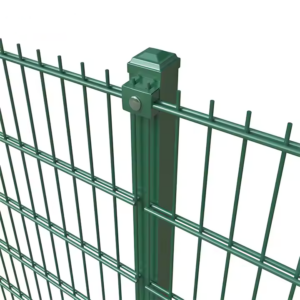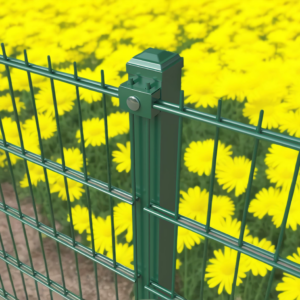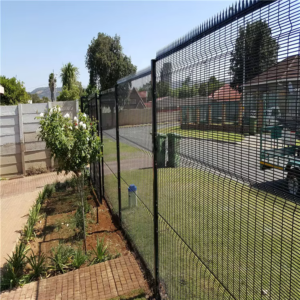Applications and Introduction of 3D Safety Barriers
3D safety barriers are protective facilities designed using 3D modeling technology, widely applied in industrial, construction, transportation, and public spaces. Their key advantage lies in highly customizable digital designs tailored to precise needs across diverse scenarios.
In construction, 3D barriers enable pre-construction simulation to optimize placement and structure, enhancing on-site safety and workflow efficiency. For logistics and warehousing, they can dynamically adapt to spatial layouts, improving traffic flow and preventing equipment collisions.
Additionally, 3D models allow visual demonstrations, helping clients or teams intuitively grasp design details while reducing material waste and costs.
Constructed from durable yet lightweight materials like metal, polymer composites, or eco-friendly plastics, 3D barriers suit both indoor and outdoor environments, combining resilience with adaptability.
As a modern engineering solution, they integrate smart safety management with sustainable practices, redefining standards for industrial and urban safety infrastructure.


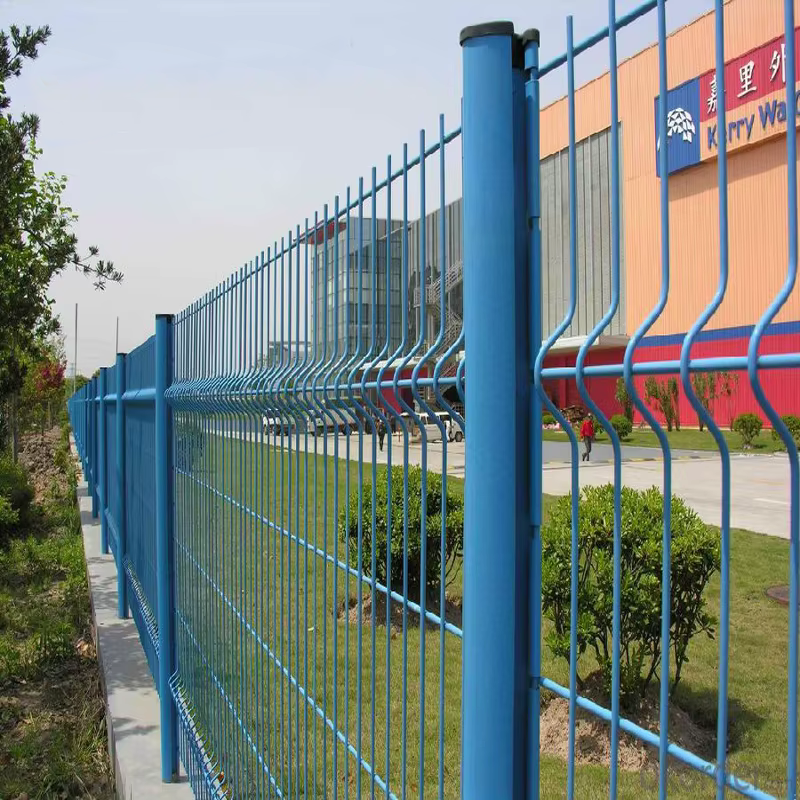
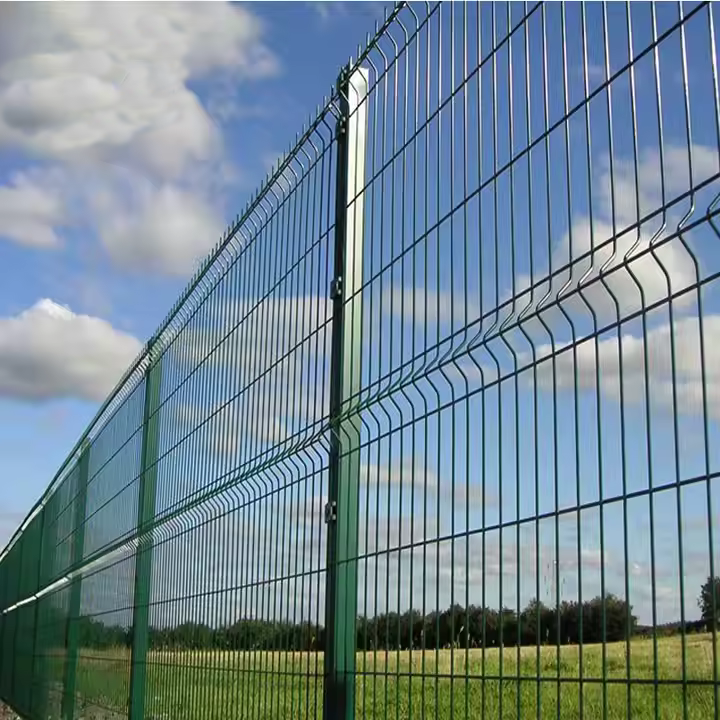

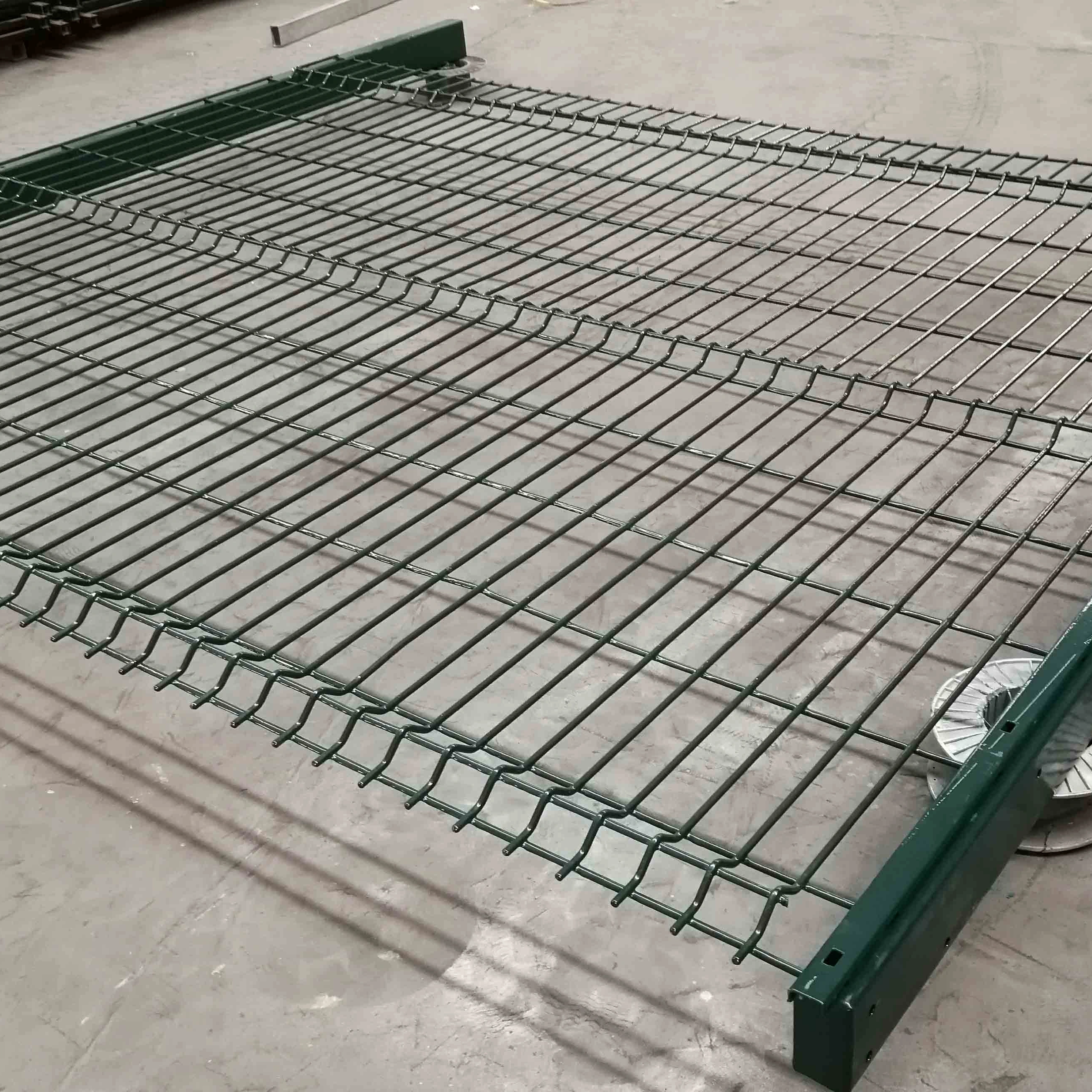
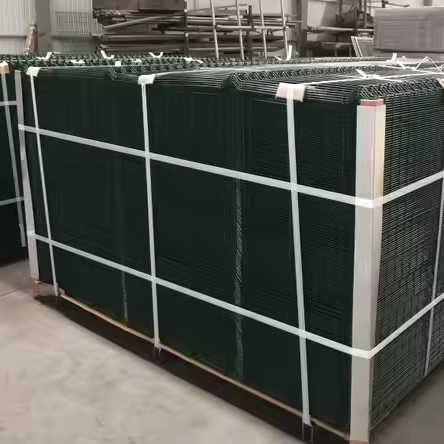
 Free online design by engineers
Free online design by engineers 